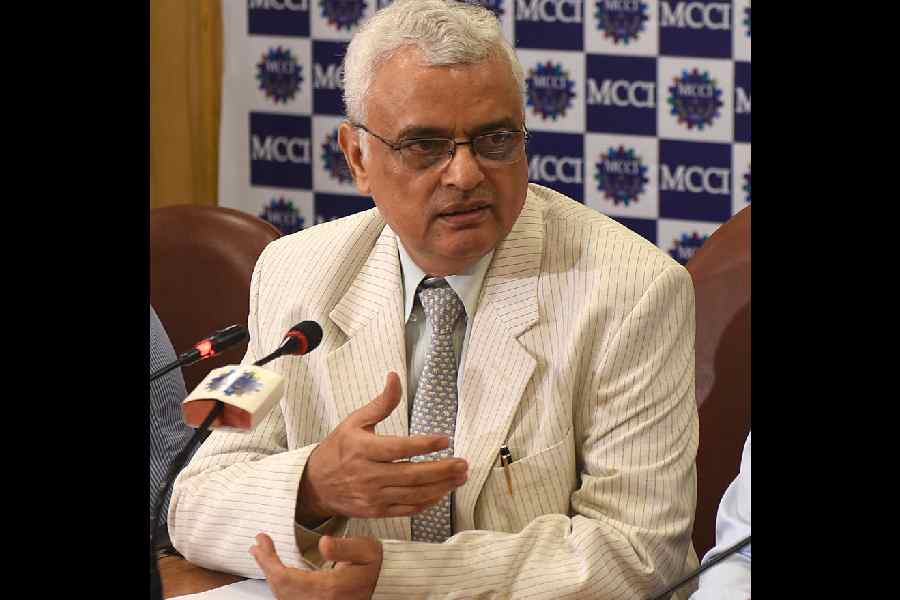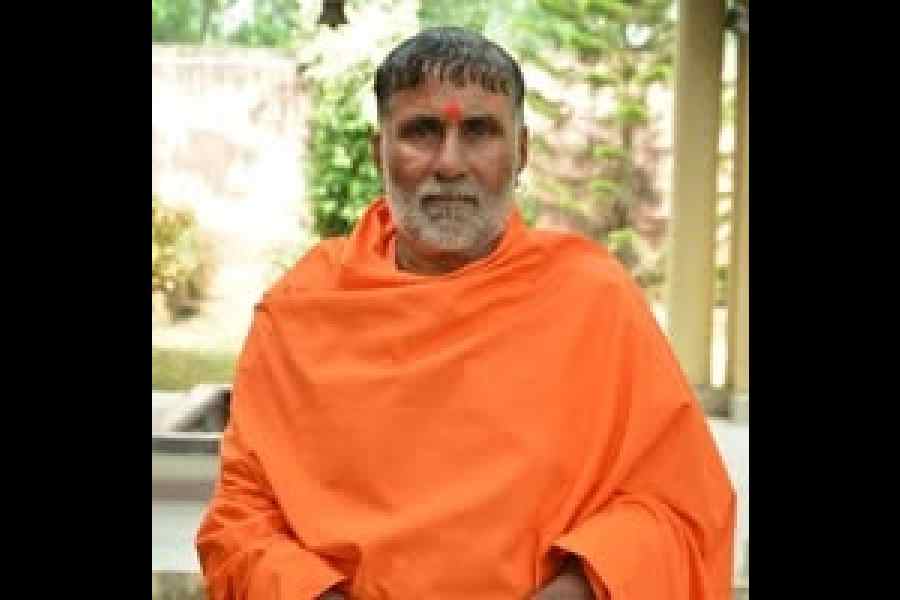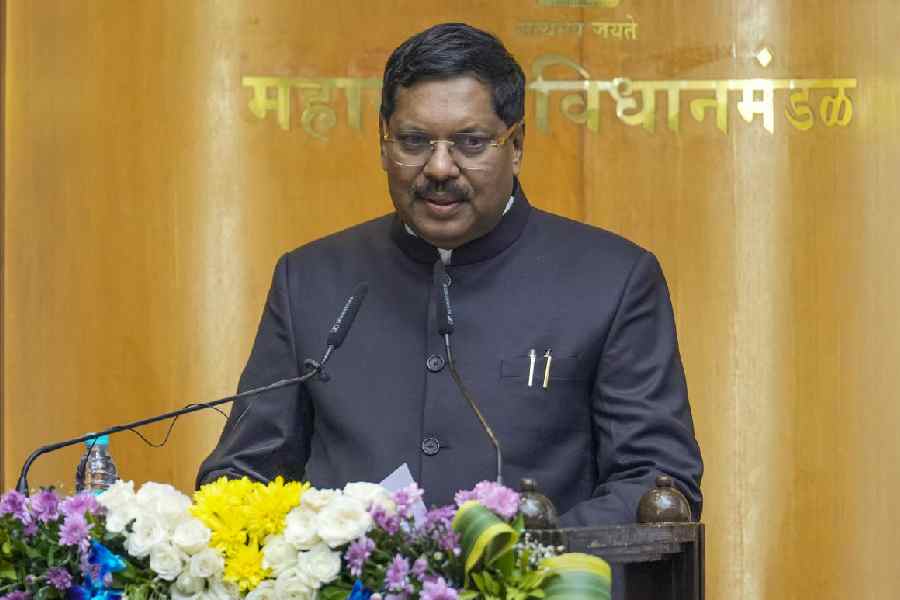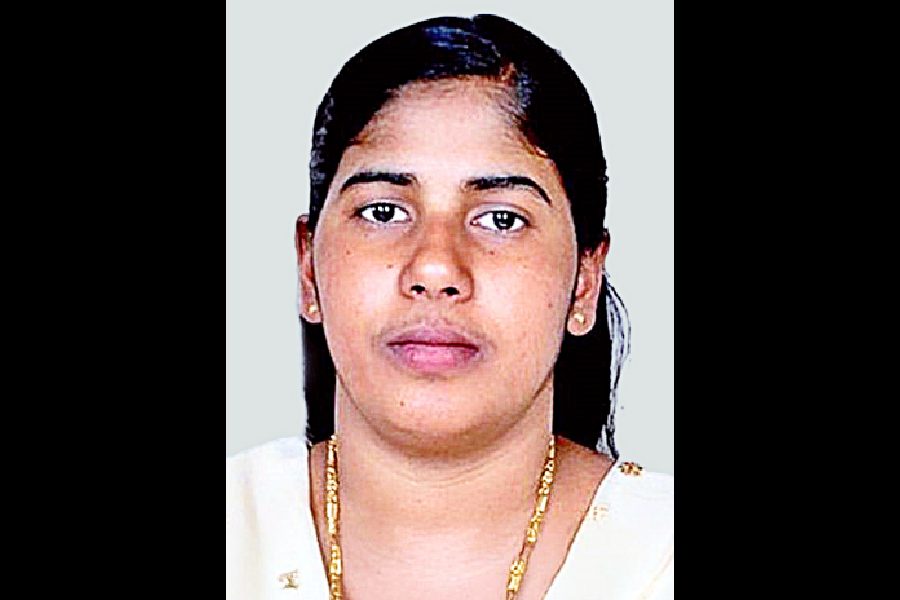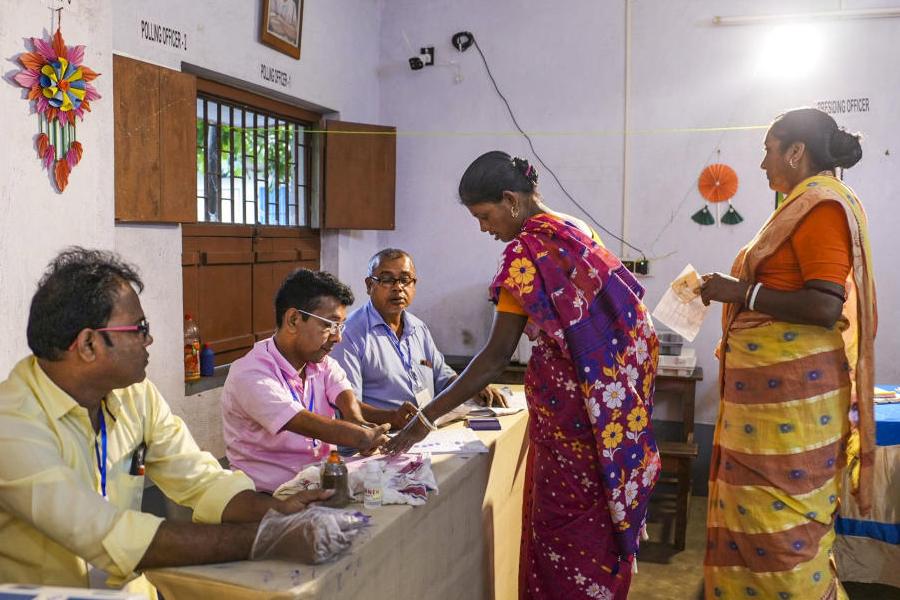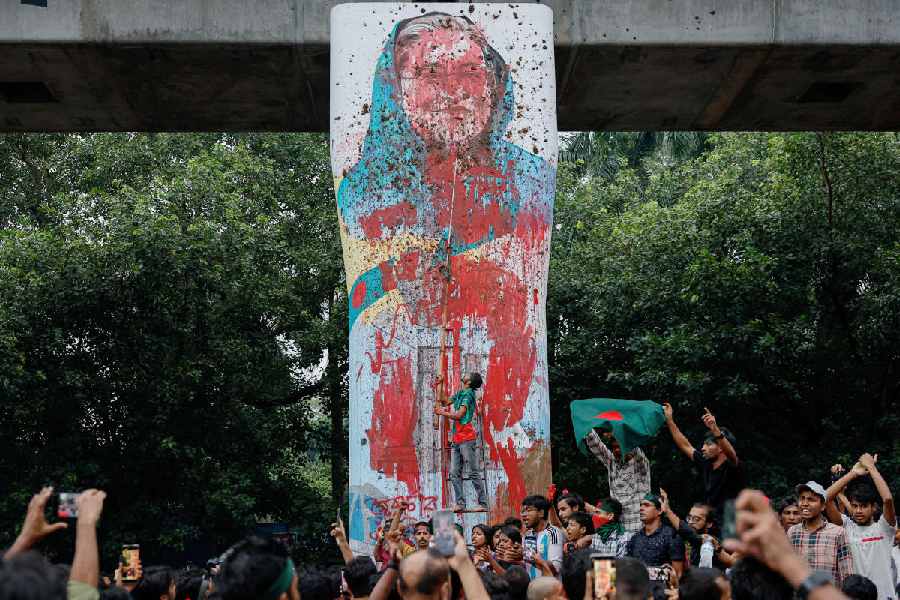 |
| A train comes out of the Wushaoling tunnel in China |
Srinagar, Sept. 6: Jammu and Kashmir is bracing for a rare feat: the opening of the country’s longest railway tunnel that will realise the century-old dream of connecting the Valley with the rest of India by train.
Eight kilometres of the 11km tunnel have been completed, and it is set to be opened for traffic by December next year. The tunnel will run from Qazigund in the Valley to Banihal in Jammu, boring through the mighty Pir Panjal mountains.
It will be Asia’s second-largest tunnel, behind only the 20km Wushaoling tunnel in Gansu, northwest China, easily beating India’s current longest, the 6.5km Karbude tunnel of the Konkan Railway.
“This is surely an engineering marvel,” said Colonel Parminder Singh, assistant general manager of Ircon, the railway ministry arm constructing the tunnel. “We have completed 4.5km from the Banihal side and 3.5km from the Qazigund side. We are now in the last stage of the project.”
The Rs 647-crore project will cap another milestone by the railways — the 119km stretch from Baramulla in north Kashmir to Qazigund in south Kashmir, which became operational a few months ago.
However, a Valley resident who catches a train from Baramulla or Srinagar and arrives in Banihal will then have to ride a bus or car to Udhampur before he can take a train again to travel deeper into India. The railway stretch from Banihal to Udhampur is yet to be completed.
Work on the tunnel began six years ago simultaneously with the Qazigund-Baramulla stretch after then Prime Minister Atal Bihari Vajpayee announced a 292km rail link between Baramulla and Udhampur, connecting the Valley with the rest of country, a project conceived more than 100 years ago.
When completed, it would be a viable alternative to the 300km Jammu-Srinagar highway, on which travel is risky but which is now the only surface link between Kashmir and the rest of India.
 |
The Rs 11,000-crore rail link is divided into three sections — Udhampur-Katra, Katra-Qazigund and Qazigund-Baramulla. The third stretch alone stands completed and is operational.
The remaining two sections pass through difficult terrain and will have numerous tunnels and bridges, including the world’s highest bridge, 359 metres high and 1.3km long, over the river Chenab.
Only when these two sections are complete will the dream of a long-distance train chugging into the Valley from mainland India be realised. Work on the Katra-Qazigund stretch, however, was stopped last year after some experts raised doubts about the track alignment.
But work on the Qazigund-Banihal tunnel has continued uninterrupted, and care is being taken to provide it with modern drainage, fire-fighting and ventilation facilities. The tunnel has a three-metre-wide road running parallel to the tracks to deal with emergencies.
Construction is being done following the Austrian tunnelling method, first used in India for the Delhi Metro. The method involves the integration of surrounding soil formations into a ring-like support structure.


